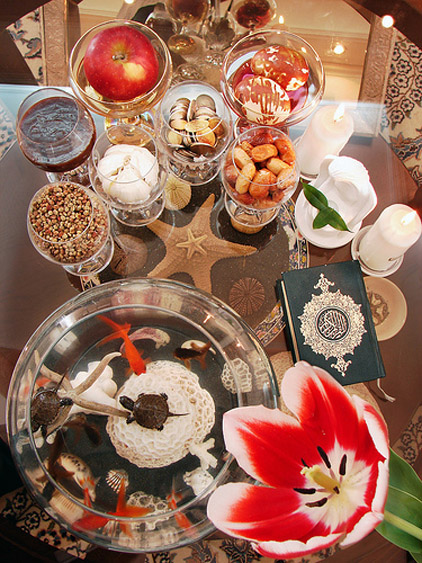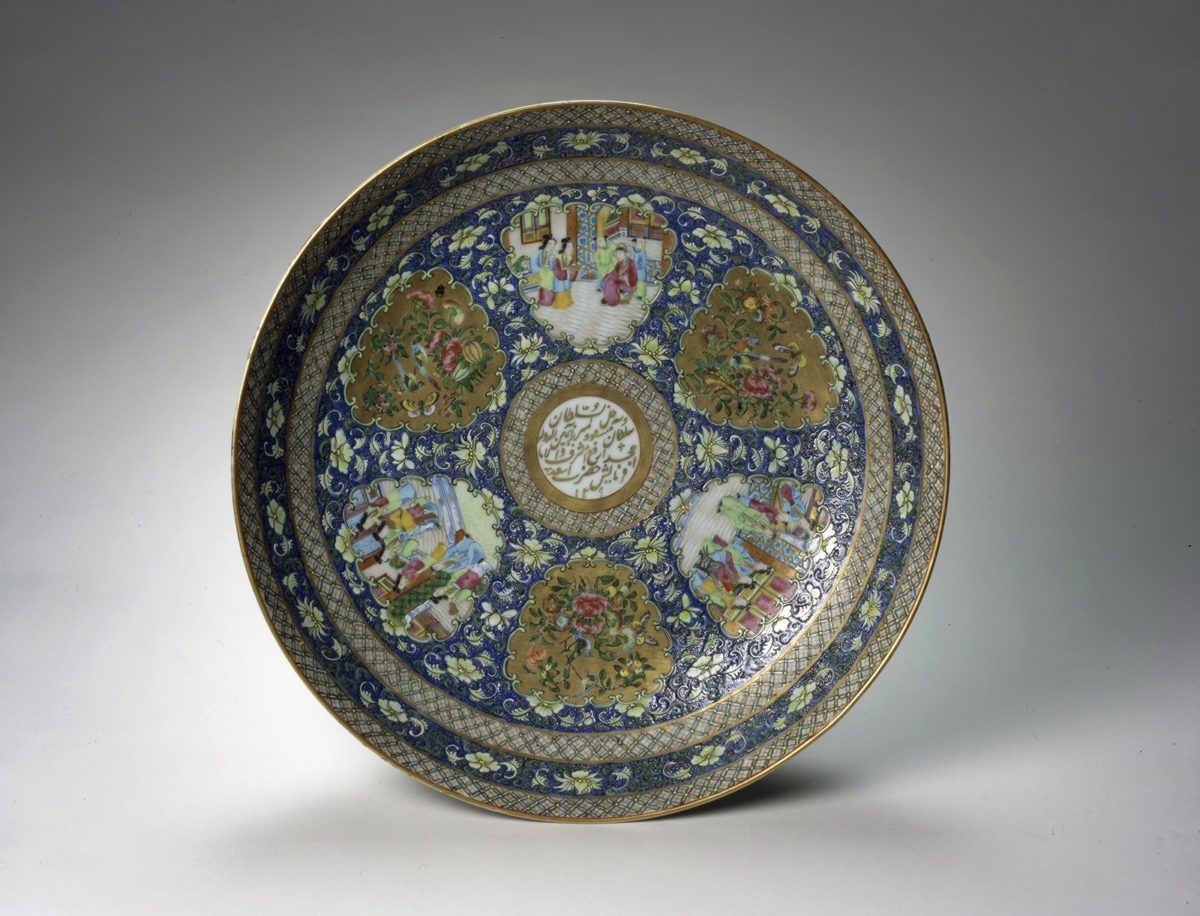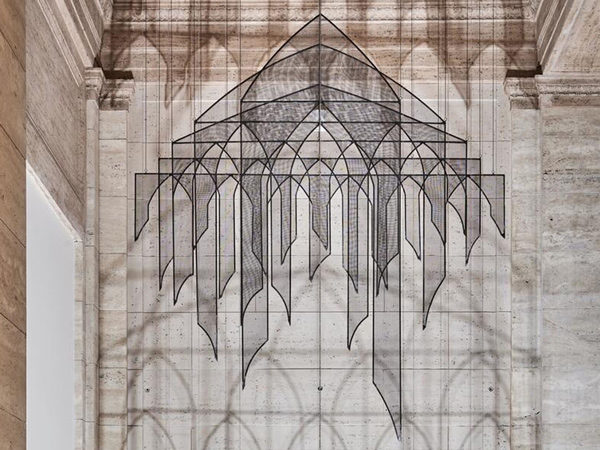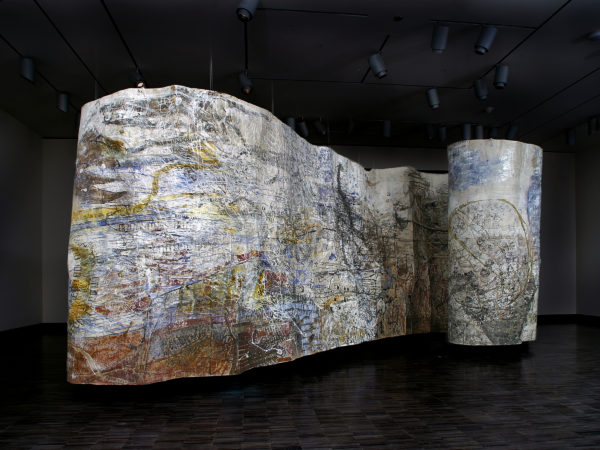Activity
New Year Investigations: Tablescapes (lesson)
Objective: Students compare and contrast the different ways in which people commemorate the passing of a year by interviewing their families, creating a tablescape, and sharing their traditions with their classmates.
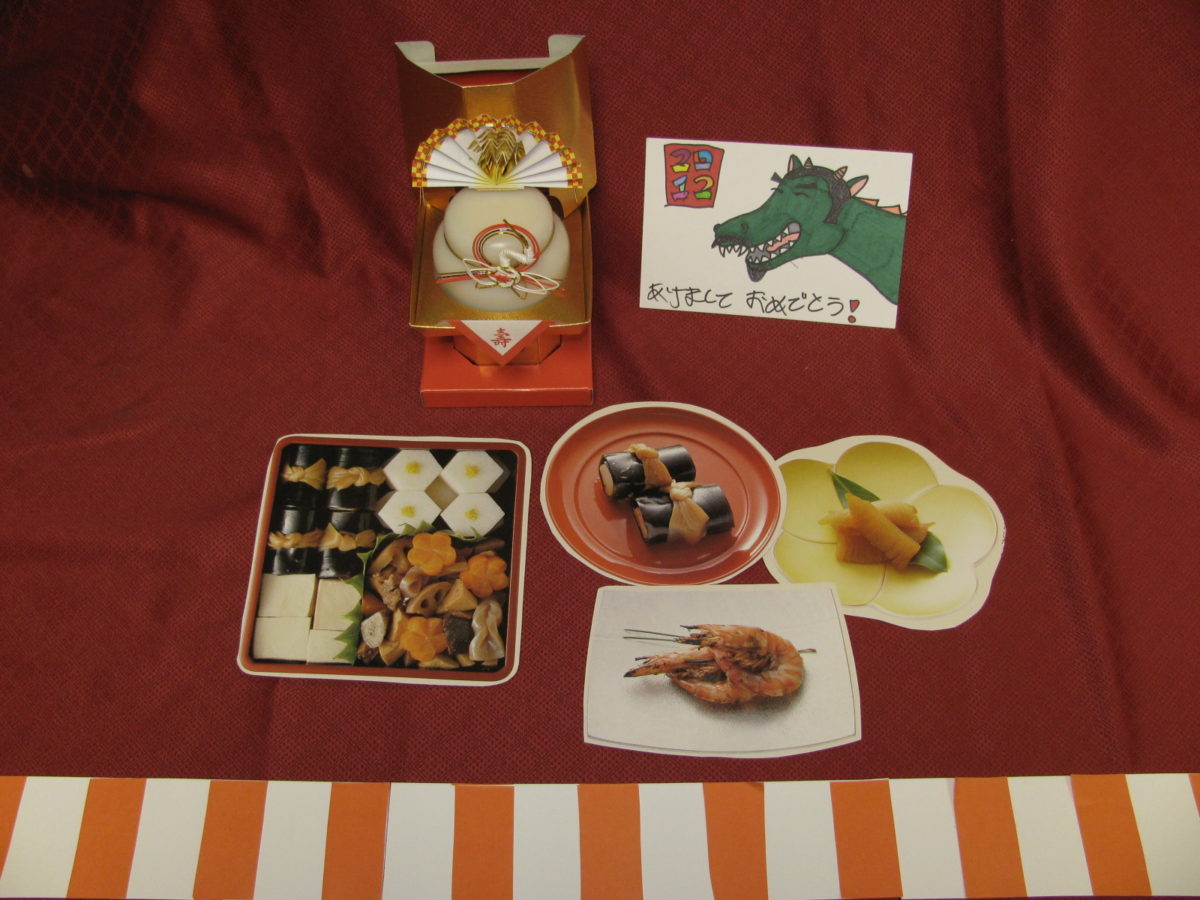
Duration: 45 minutes preparation; independent research; 120 minutes student presentations
Standards (California Department of Education):
English/Language Arts: 4.9. Compare and contrast the treatment of similar themes and topics (e.g., opposition of good and evil) and patterns of events (e.g., the quest) in stories, myths, and traditional literature from different cultures; History/Social Science: 1.) Recognize the ways in which they [students] are all part of the same community, sharing principles, goals, and traditions despite their varied ancestry; the forms of diversity in their school and community; and the benefits and challenges of a diverse population; 2.) Compare the beliefs, customs, ceremonies, traditions, and social practices of the varied cultures, drawing from folklore.
Materials:
Artwork (see “Related Resources” below): Plate made for Mas’ud Mirza Zill al-Sultan of Persia; Worksheet (see “Downloads” above): New Years Investigations Graphic Organizer
Procedure:
- Look closely at the Plate made for Mas’ud Mirza Zill al-Sultan of Persia. What do you notice? What more can you find? This plate is from a large dinner service made in China for a Persian nobleman. We know who it belongs to because his name is written in Arabic in the middle of this dish. Do you have any special dishes in your house? When do you use them? What makes them special? Gathering around the table for special meals is something that all people have in common, and is a common practice to celebrate the new year.
- Discuss: How do you celebrate the passing the changing year? Find commonalities: (Clean house, family gatherings, resolutions, feasts, stories, songs). What other holidays do you celebrate that use symbolic food?
- Introduce the New Year’s Investigations Graphic Organizer. Model research questions as you explore the customs of Nowruz. Have students complete the graphic organizer.
- View “The Persian Rite of Spring: Nowruz” by Niloufar Talebi (www.persianriteofspring.com; or www.pbs.org, Tehran Bureau)
- Have students complete the Nowruz column in the graphic organizer.
- How is the story of Nowruz similar to or different from other stories such as Nian the Beast from China (see “Related Resources” below). Review responses in the Nowruz column as a class.
- Ask students to use the New Year’s Investigations Graphic Organizer to interview their parents and/or grandparents to learn about the roots of their own family’s new year traditions.
- Students create a tablescape displaying the symbols of their own new year’s traditions. Method of display can include collage, tabletop place setting, centerpiece, watercolor painting or drawing. Include an accompanying label description. Students may present or create a classroom gallery for independent viewing.
New Years Investigations
Compare how different people celebrate the passing of a year. Interview your family to find out the origins of your own New Year’s traditions. Use the back to sketch ideas for your tablescape.
Major support provided by the PARSA Community Foundation.

